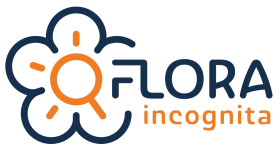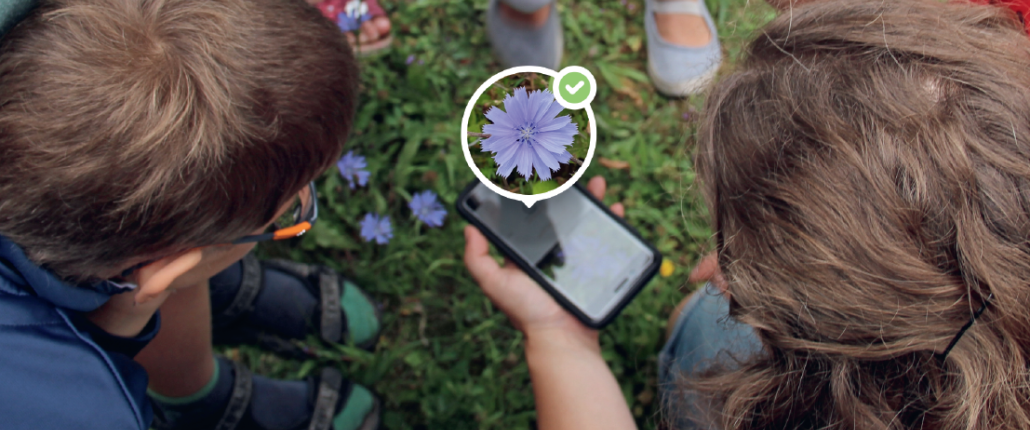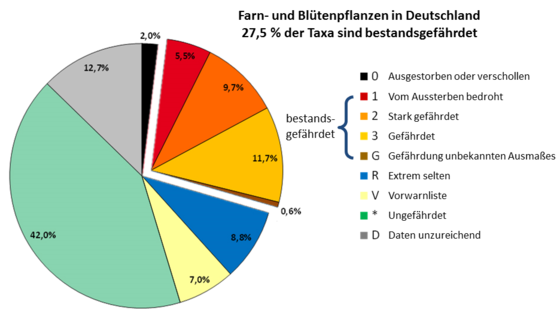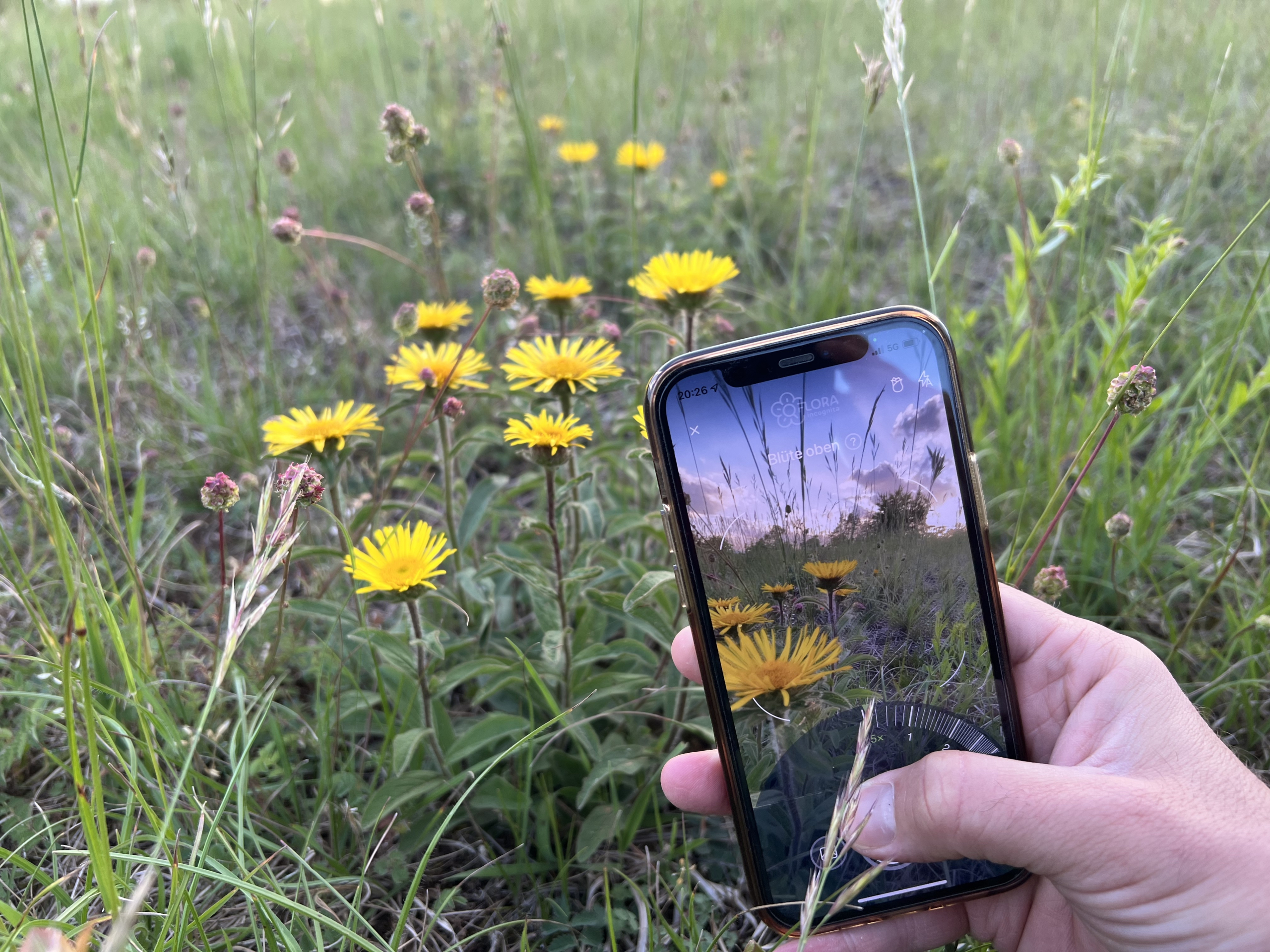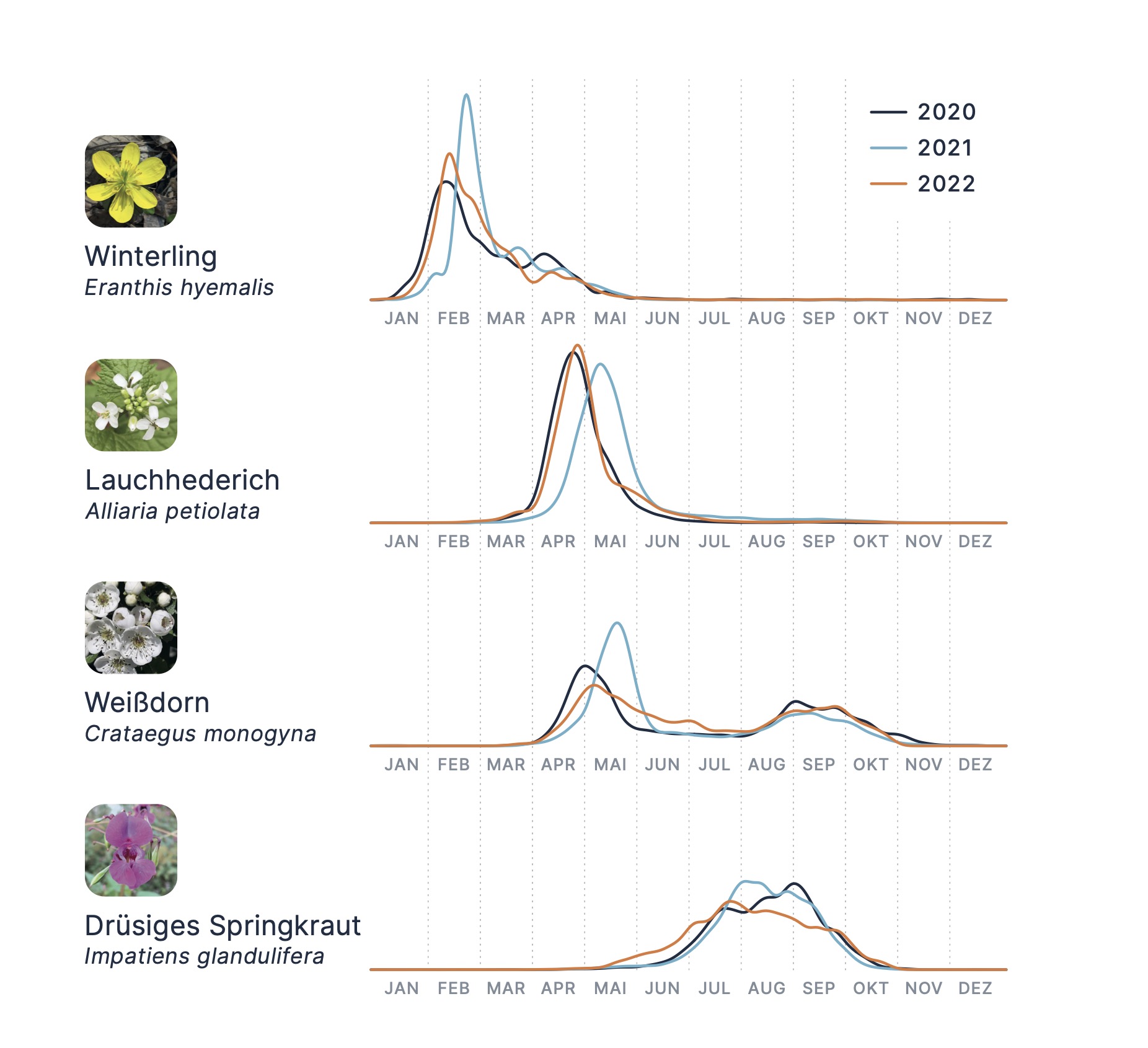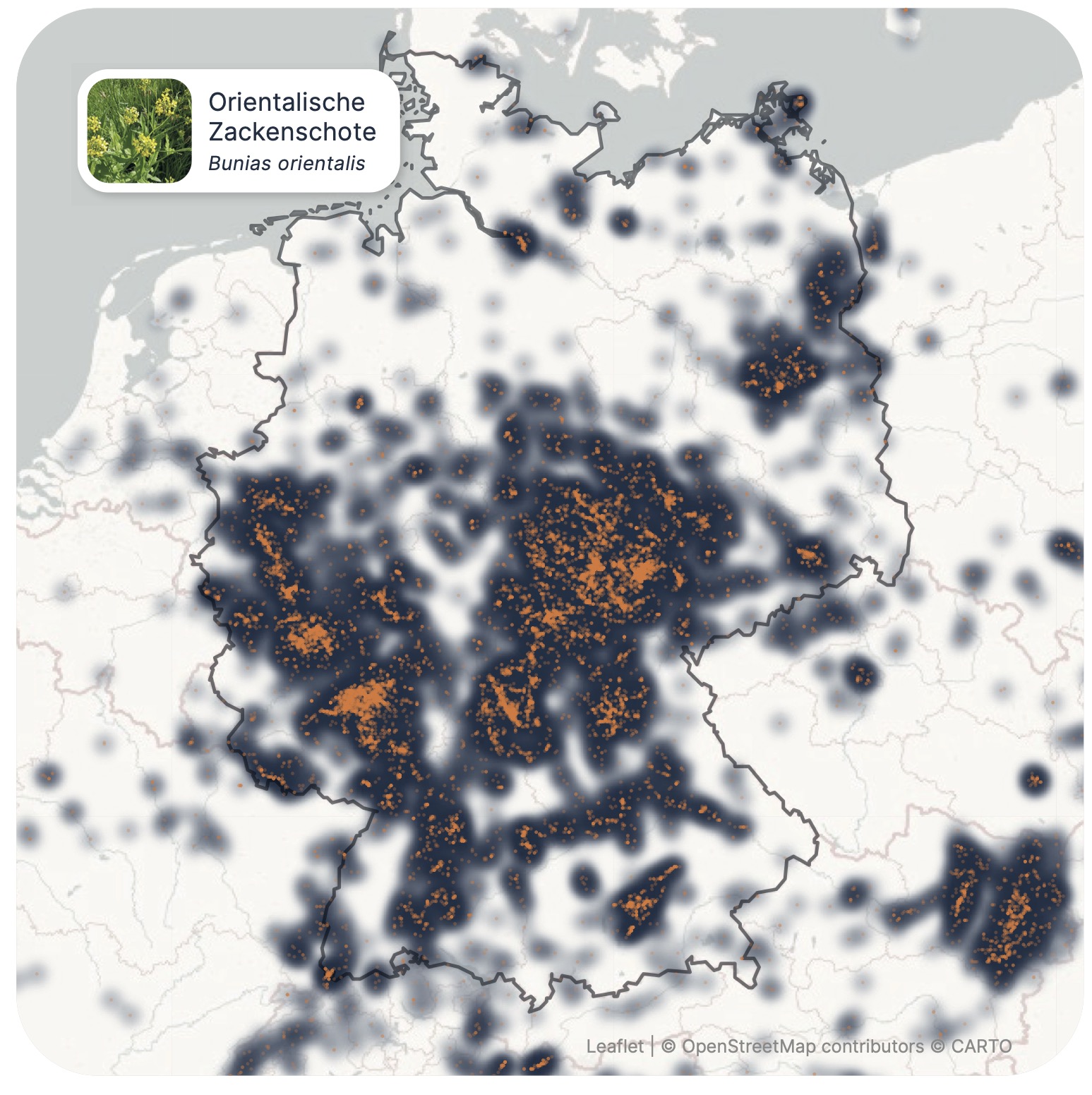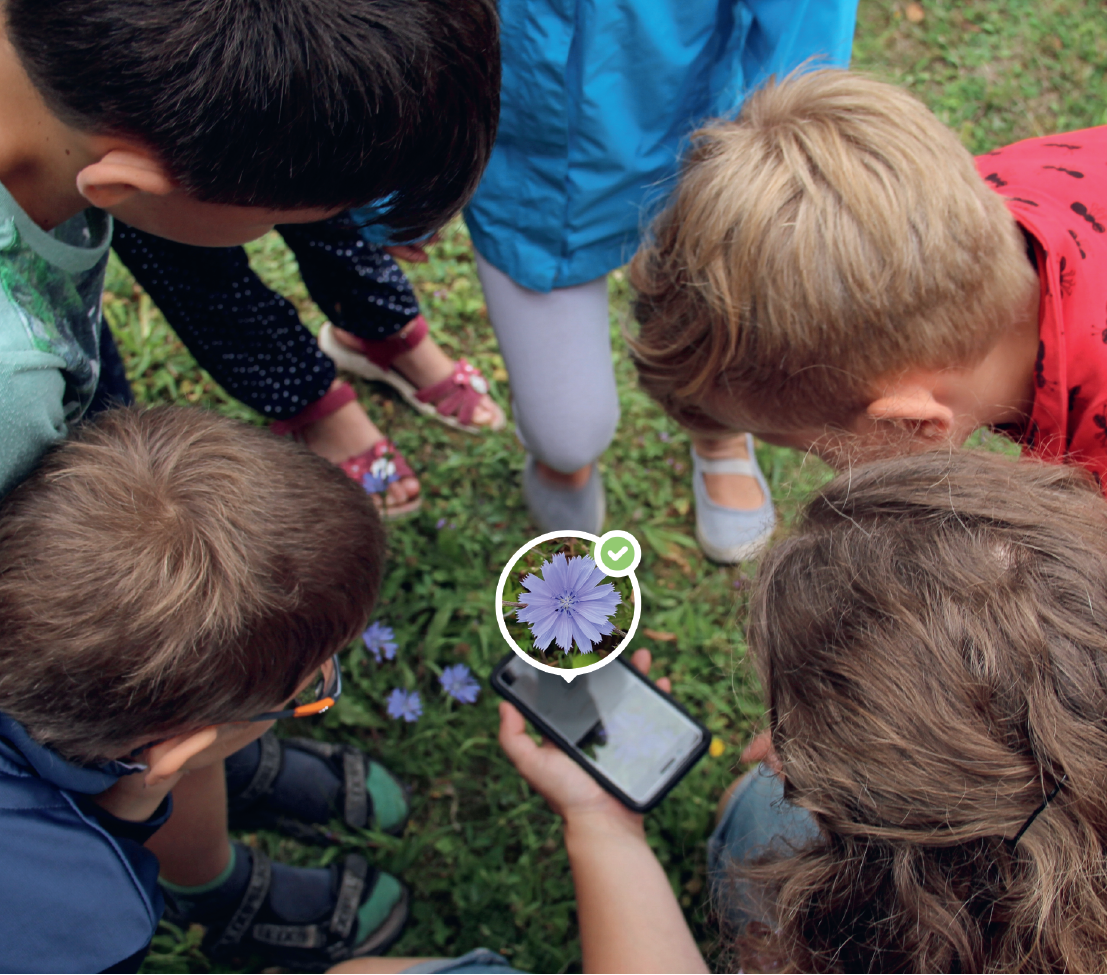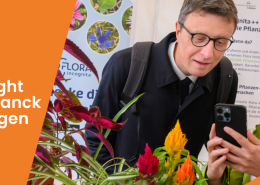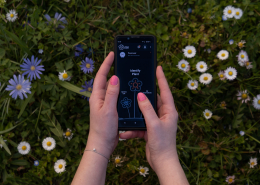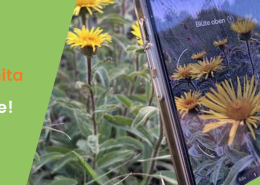 https://floraincognita.com/wp-content/uploads/2025/09/title_story.jpg
700
750
Anke Bebber
https://floraincognita.de/wp-content/uploads/sites/4/2022/11/flora-incognita_logo_horizontal_RGB-e1669665654345.png
Anke Bebber2025-09-25 16:13:162025-11-10 12:27:46Citizen Science: Update from the PollenNet Project
https://floraincognita.com/wp-content/uploads/2025/09/title_story.jpg
700
750
Anke Bebber
https://floraincognita.de/wp-content/uploads/sites/4/2022/11/flora-incognita_logo_horizontal_RGB-e1669665654345.png
Anke Bebber2025-09-25 16:13:162025-11-10 12:27:46Citizen Science: Update from the PollenNet ProjectFlora Incognita is established in Germany
Our Flora Incognita app uses state-of-the-art machine learning methods that make it possible to classify smartphone photos with enormous accuracy. And this allows easy and safe plant identification even for people with little or no prior taxonomic knowledge. With over 5 million downloads since 2018 and over 300,000 identification requests daily, the Flora-Incognita app has become an important entity in biodiversity monitoring in Germany. Due to its widespread use among the population, it is now possible to document plant occurrences in real time on an unprecedented scale. This opens up a wide range of opportunities for citizen science in the field of biodiversity monitoring.
Phenological monitoring
Most app users record a plant when it catches their eye, for example when it is in full bloom or when fruits are ripening. We can see this in the number of observations per plant species over the course of the year. These phenological phases depend on climatic conditions, among other things. If the app is used over several years, we can compare the observation data with climate changes in the long term. For example, we can detect time shifts in flowering periods and thus better understand the effects of climate change on biological systems. Current studies show that the observation data with the Flora-Incognita app can complement the phenological surveys of the German Weather Service very well.
Plants are mainly observed when they are flowering – the differences between the years are well visible in our data
Observed distribution of the invasive Turkish wartycabbage (Bunias orientalis) in Germany and neighbouring countries
Monitoring the spread of (invasive) species
Another possible application of Flora Incognita data is the monitoring of the spread of invasive plant species. These often pose a threat to native biodiversity, and controlling and managing their spread comes at a high cost to our society: Estimates put the cost at almost 12 billion euros per year in Europe alone.
The figure illustrates the potential of our data to assess the spatial occurrence patterns of Bunias orientalis, the Turkish wartycabbage, an invasive neophyte in Germany. The yellow-flowered species spreads rapidly and suppresses native and rare plant species from species-rich meadow and semi-arid grassland biotopes.
As early detection and a rapid response are crucial to prevent the spread and establishment of such invasive species, Flora Incognita can make a valuable contribution here. Timely and high-resolution occurrence data can be used by nature conservation authorities to quickly initiate appropriate control measures for numerous invasive species.
In addition, Flora Incognita can be used by organisations to launch their own citizen science projects addressing biodiversity research questions in urban and agricultural areas. Examples can be found on our website under Cooperations.
App development & didactics
In order to expand the existing database and further improve the user experience, the Flora-Incognita app is continuously being expanded and further developed based on the needs of the users. Plant identification will soon be possible with the greatest accuracy worldwide – new AI networks classify over 10,000 plant species, including ornamental and agricultural plants. In the ongoing development of automatic identification, we are focusing on groups of species that are difficult to identify, such as grasses. In order to increase the excitement for collecting plants, a gamification aspect (badges with different levels) ensures that the users specifically search for species that are not yet in their own observation list. Coupled with the targeted communication of plant knowledge, tips and tricks on the app and the latest research news in the popular app stories, Flora Incognita invites people of all ages to become a very active part of the citizen science community: Identify. Inform. Participate in research.
News
Here you can read the latest news from the Flora Incognita ++ project. Follow us on our social media channels if you also want to be informed about small successes and activities from the research group.
Who makes this possible?
The Flora Incognita++ project is a joint project of the Ilmenau University of Technology and the Max Planck Institute for Biogeochemistry Jena. It is funded by the Federal Agency for Nature Conservation with funds from the Federal Ministry for the Environment, Nature Conservation, Nuclear Safety and Consumer Protection and by the Thuringian Ministry for the Environment, Energy and Nature Conservation.
